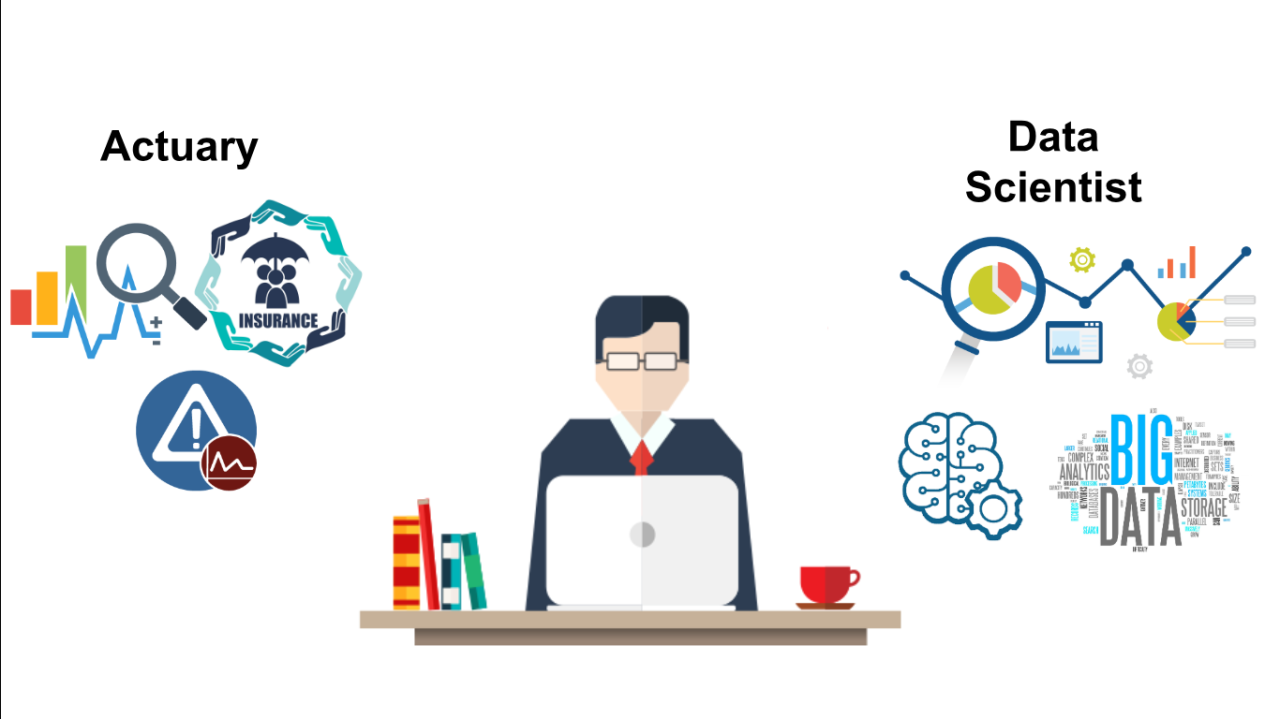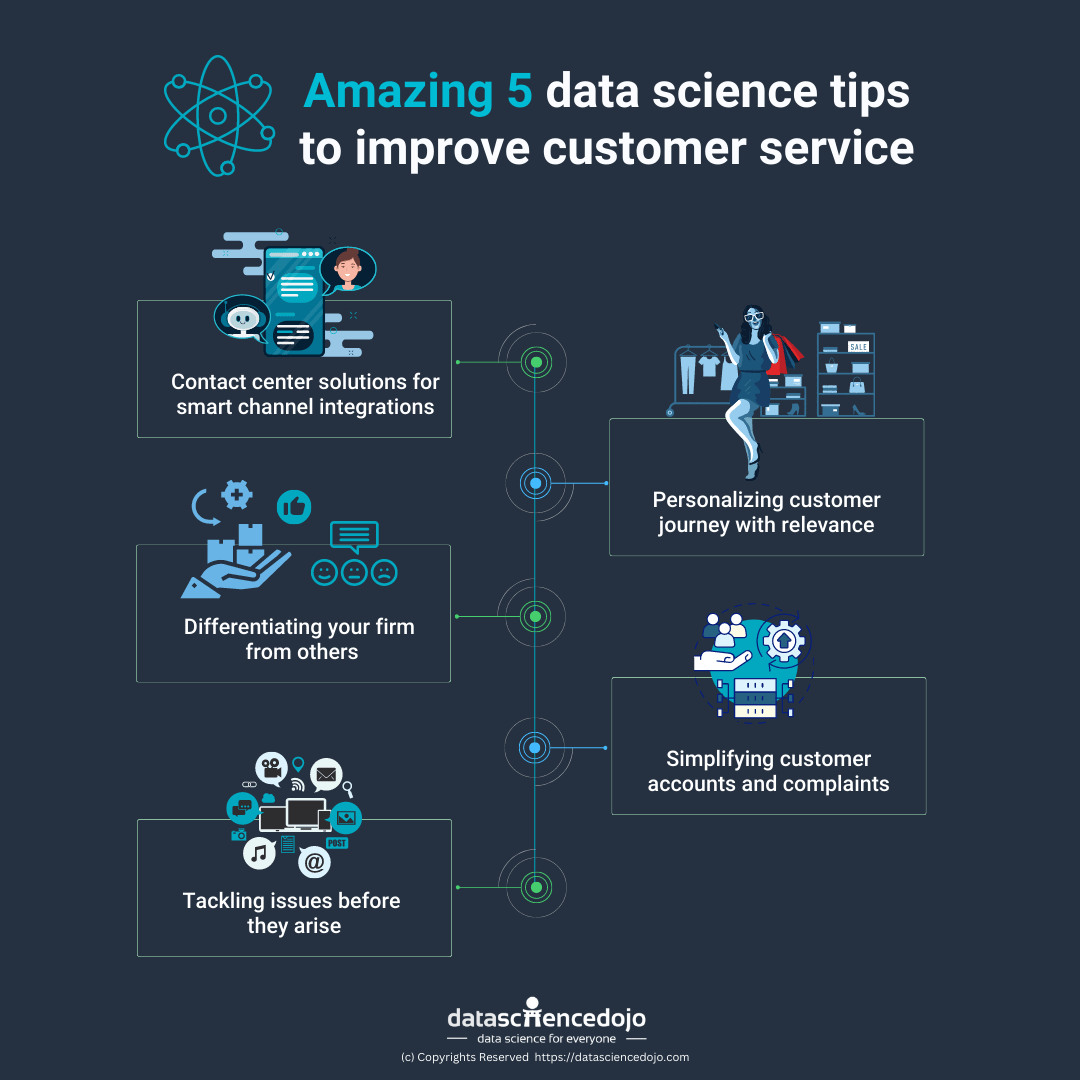Key Highlights
- Data science is transforming the insurance industry through advanced analytics and AI integration.
- Enhancing fraud detection and improving risk assessment are vital applications of data science in insurance.
- Personalizing customer experiences and boosting engagement with data-driven strategies are key focus areas.
- Overcoming challenges like data privacy concerns and talent gap is crucial for successful data science implementation in insurance.
- Future trends in insurance data science include the rise of AI and machine learning in policy customization and leveraging big data for market analysis.
Introduction
The insurance industry, including auto insurance, is entering a new age of data in the insurance domain. Data science, driven by artificial intelligence (AI), is changing how insurance companies operate. This change is making the industry more focused on data, leading to better risk assessments, customized customer experiences, and an increased risk in smoother operations. This blog looks at how data science is changing the insurance world and what it could mean for the future.
The Evolution of Data Science in the Insurance Sector
The insurance sector has always worked with data. But, in the past, they only focused on simple numbers and past trends in life insurance. Now, with data science, they can look at big and complex data much better. This change helps insurance companies to go beyond old methods and enhance their product offerings through various use cases. They can now use better models to check risks, spot fraud, and know what customers need.
Bridging the Gap: Data Professionals and Insurance Innovations
Insurance companies are now bringing together data science and real-life use through predictive analysis, particularly in the realm of insurance data analytics. They do this by hiring data experts who know about both insurance and data analytics. These experts can use data analytics to tackle tough business issues, including finding new market chances and relevant products, better pricing plans, and improving risk management. They use business intelligence to help make smart decisions and improve how insurance works.
Transforming Insurance Through Data Analytics and AI Integration
The use of AI, especially machine learning, is changing how insurance works in important ways:
- Automated Underwriting: AI can look at a lot of data to see risk levels. It helps make underwriting decisions quickly and efficiently.
- Fraud Detection: Machine learning helps find fake claims by spotting patterns and odd things that people might miss.
- Predictive Modeling: With data science, insurers can predict future events. This includes things like customer drop-off or how likely claims are to happen.
This use of AI is not to replace human skills. Instead, it supports insurance experts, helping them make smarter decisions.

Key Areas Where Data Science is Revolutionizing Insurance
Let’s look at how data science is changing the insurance field. Data science is improving how insurance companies work and opening up new opportunities. It helps in better fraud detection and makes customer interactions more personal. Overall, data science is changing how insurance companies operate and connect with their policyholders.
Enhancing Fraud Detection with Advanced Data Models
Insurance fraud is a big problem. It costs a lot for insurers and their customers. Data science can help to fight fraud by using smart data models. These can find patterns that show fraudulent activities:
- Anomaly Detection: Data analysis can spot strange patterns in insurance claims. For example, a sudden rise in claims or higher amounts could suggest fraud.
- Network Analysis: By looking at links between policyholders, providers, and others, insurers can find fraud networks or are working together.
- Predictive Modeling: Data-driven models can help insurers figure out how likely a claim is to be fraudulent. This helps them focus their investigations better.
Improving Risk Assessment through Predictive Analytics
Data science changes how we assess risks using predictive analytics. These tools help insurers better estimate the chance of future events, like accidents, illnesses, or natural disasters.
- Personalized Risk Profiles: Insurers now create risk profiles for each person. They look at personal behavior, lifestyle choices, and where someone lives, instead of just using general demographic data.
- Dynamic Pricing: Predictive models help insurers change insurance costs quickly. They adjust premiums based on factors that change, like driving habits tracked through telematics or health information from wearables.
- Proactive Risk Management: Insurers can spot risks before they happen. This way, they can help customers reduce risks, stop potential losses, and improve safety overall.

Data Science’s Role in Personalizing Customer Experiences
In today’s tough market, insurance companies need to give a personalized customer experience. Customers now expect services and products made just for them. Data science plays a key role in helping insurance companies understand what each customer wants and needs.
Tailoring Insurance Products with Customer Data Insights
Data science helps insurance companies provide better products to their customers. They can now focus on making insurance products that fit specific groups of people instead of just offering the same products to everyone.
- Customer Segmentation: By looking at customer data, insurers can divide their customers into different groups. These groups are based on similar traits, like risk levels, lifestyle choices, or financial goals.
- Personalized Product Recommendations: Insurers can use data to suggest the best insurance products for each customer based on their unique profile.
- Customized Policy Features: Insights from data allow insurance companies to create flexible policy options that meet the needs of individual customers.
Boosting Customer Engagement with Data-Driven Strategies
Data science helps insurance companies improve how they engage with customers and build better relationships. Here are some ways they do this:
- Proactive Communication: Insurers can look at customer data to understand what customers might need. This way, they can reach out to them with helpful info, advice, or special offers.
- Personalized Customer Support: With data insights, insurance companies can change their support to fit each person’s needs and past experiences. This helps make customers happier.
- Targeted Marketing Campaigns: Data-driven marketing lets companies send messages and offers that are more relevant to different groups of customers, making their campaigns more effective.
These methods not only boost customer satisfaction but also give insurance companies a competitive edge.
Overcoming Challenges in Data Science Application in Insurance
The potential of data science in the insurance business is huge. However, companies face challenges that they must tackle to enjoy these benefits fully. Data security and privacy are key worries. There is also a need for trained data scientists who know the insurance industry well.
Navigating Data Privacy and Security Concerns
As insurance companies gather and study more personal data, it is very important to deal with privacy and security issues.
- Data Security Measures: It is key to have strong security measures in place to keep customer information safe from unauthorized access and cyber threats.
- Compliance with Regulations: Insurance companies need to follow laws about data protection, like GDPR or CCPA, to ensure they handle data responsibly.
- Transparency and Trust: Being open with customers about how their data is collected, used, and protected is vital. This builds trust and supports good data practices.
Addressing the Talent Gap in Data Science for Insurance
There is a bigger demand for data scientists who know a lot about the insurance sector. Filling this gap is important for companies that want to use data science well.
- Attracting and Keeping Talent: To draw in and keep the best data science talent, companies need to offer good pay and chances for growth.
- Training the Current Team: Insurance companies can put money into training programs to help their workers gain the skills they need for a data-focused job.
- Working Together: Teaming up with universities or training groups can help solve the skills gap and open doors to more qualified job candidates.
Future Trends: The Next Frontier in Insurance Data Science
Data science is changing and will bring new and exciting uses in the insurance field. The ongoing progress of AI, along with very large sets of data, will change the industry even more.
The Rise of AI and Machine Learning in Policy Customization
AI and machine learning are expected to play an even greater role in personalizing insurance policies:
- AI-Powered Policy Customization: AI algorithms can create highly customized insurance policies that consider individual risk factors, lifestyle choices, and even behavioral data.
- Real-Time Policy Adjustments: AI can facilitate real-time adjustments to insurance policies based on changing customer needs or risk profiles.
- Predictive Risk Prevention: AI-powered systems can proactively identify and mitigate potential risks by analyzing data from various sources, including IoT devices and wearables.
|
Future Trend |
Description |
|
AI-Driven Chatbots |
Provide 24/7 customer support, answer policy questions, and assist with claims filing. |
|
Blockchain for Claims Processing |
Enhance the security and transparency of claims processing by creating tamper-proof records. |
|
Drone Technology in Risk Assessment |
Used to assess property damage, particularly in remote or hard-to-reach areas. |
Leveraging Big Data for Comprehensive Market Analysis
Insurance companies are using big data analytics more and more. This helps them understand market trends, customer behavior, and what their competitors are doing.
- Competitive Analysis: Big data analytics help insurers track their competitors. This includes what products they offer and how they price them. This way, insurers can spot chances in the market.
- Market Trend Prediction: By looking at large amounts of data, insurers can guess future market trends. This might be about new risks, what customers want, or changes in rules. With this knowledge, they can change their plans early.
- New Product Development: Insights from big data can help create new insurance products. These products meet changing customer needs and include options like usage-based insurance, micro-insurance, and on-demand insurance.
Conclusion
In conclusion, data science is changing the insurance industry. It helps find fraud, improves how risks are assessed, and makes customer experiences better. With AI and machine learning, companies can create more personalized policies and do better market analysis. There are some challenges, like keeping data private and not having enough skilled workers. Still, the future of insurance will rely on using big data insights. By accepting data science ideas, the insurance sector will become more efficient and focused on the customer. It is important to stay updated, adjust to new technologies, and see how data science can transform how insurance is done.
References
- https://www.bls.gov/ooh/math/data-scientists.htm#tab-6
- https://www.bls.gov/ooh/math/data-scientists.htm#tab-5
- https://www.mckinsey.com/industries/financial-services/our-insights/on-the-brink-realizing-the-value-of-analytics-in-insurance
- https://datamagazine.co.uk/15-most-innovative-database-startups-companies-kyyiv/
- https://fortunly.com/statistics/insurance-fraud-statistics/
- https://www.compscience.com/

